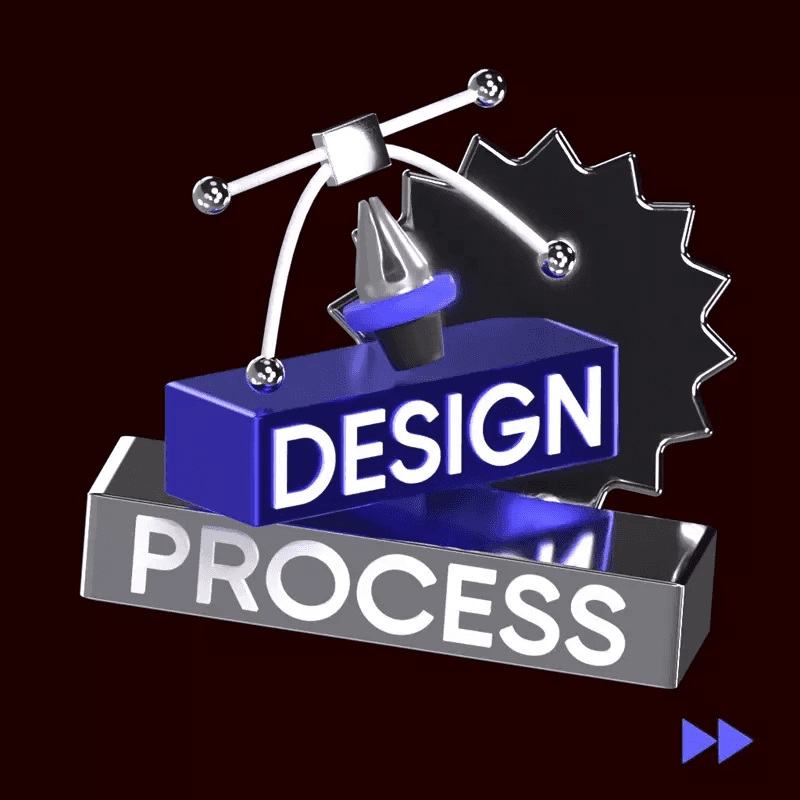3D Modeling
3D Modeling
3D Modeling
3D modeling refers to the process of creating a three-dimensional digital representation of an object or a scene using specialized software. It involves the creation, manipulation, and rendering of geometric shapes, textures, and materials to produce realistic or stylized visualizations.
3D modeling has become an integral part of various industries, including architecture, engineering, film and animation, video game development, product design, and virtual reality. It allows designers, artists, and professionals to bring their ideas to life, visualize concepts, and communicate complex information effectively.
There are several techniques used in 3D modeling, including:
Polygonal Modeling: This technique involves creating 3D models using polygons, which are flat geometric shapes with straight sides. Artists manipulate and connect these polygons to form the desired shape of the object or character.
NURBS Modeling: NURBS (Non-Uniform Rational B-Splines) modeling uses mathematical representations to create smooth and curved surfaces. It is commonly used in industrial design and automotive design.
Sculpting: Sculpting involves digitally sculpting a model by manipulating virtual clay-like materials. This technique provides artists with a more organic and intuitive way of creating 3D models, often used in character design and digital art.
Procedural Modeling: Procedural modeling involves using algorithms and rules to generate complex 3D models automatically. It is commonly used for creating natural landscapes, cityscapes, and intricate patterns.
3D modeling software, such as Autodesk Maya, Blender, and Cinema 4D, provide a wide range of tools and features to facilitate the creation and editing of 3D models. These tools allow artists to manipulate vertices, edges, and faces, apply textures and materials, simulate lighting and physics, and animate objects or characters.
Once a 3D model is created, it can be further enhanced through the process of texturing, rigging, and animation. Texturing involves applying realistic or stylized textures to the surface of the model, while rigging involves creating a digital skeleton that allows for movement and animation. Animation brings the 3D model to life by creating movement, expressions, and interactions.
In conclusion, 3D modeling is a powerful technique that enables the creation of realistic or stylized digital representations of objects, characters, and environments. It plays a crucial role in various industries, providing a visual medium for design, communication, and storytelling.
15,000+ customizable 3D design assets
for UI/UX, website, app design and more


quote post


Information post


marketing post
Sign up for free
View All
A
B
C
D
E
F
G
H
I
J
K
L
M
N
O
P
Q
R
S
T
U
V
W
X
Y
Z
#
View All
A
B
C
D
E
F
G
H
I
J
K
L
M
N
O
P
Q
R
S
T
U
V
W
X
Y
Z
#
View All
A
B
C
D
E
F
G
H
I
J
K
L
M
N
O
P
Q
R
S
T
U
V
W
X
Y
Z
#
Tools
Create
Tools
Create